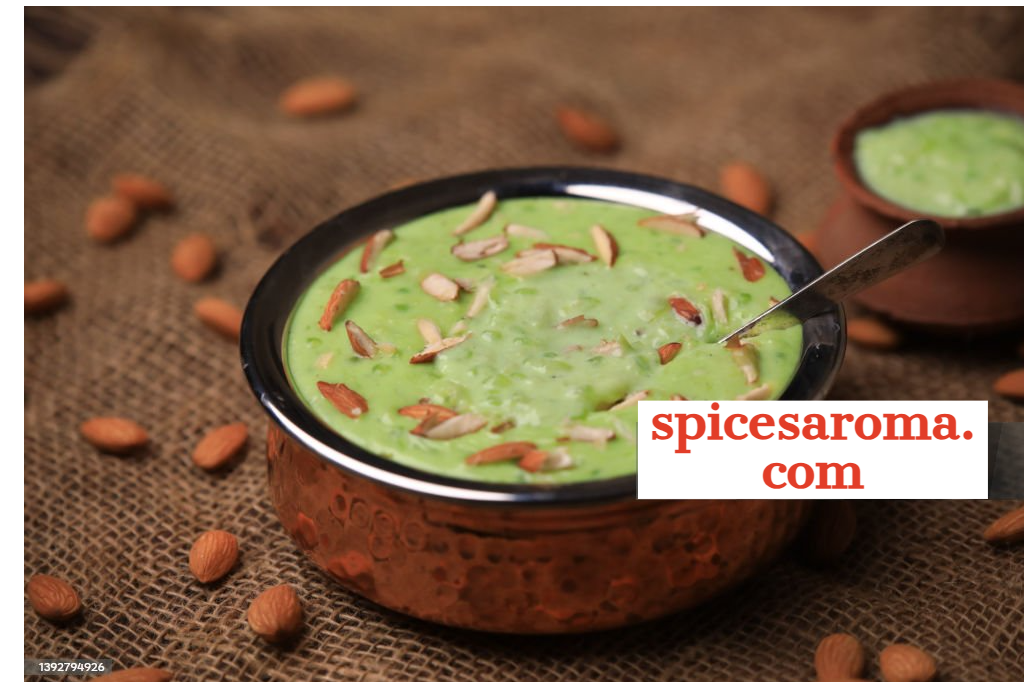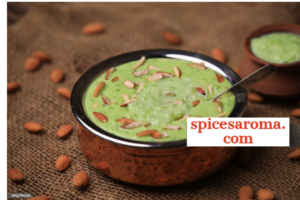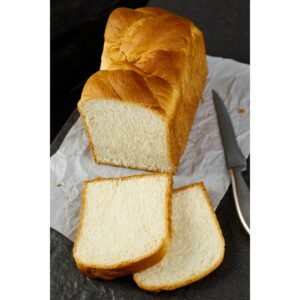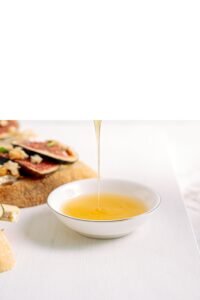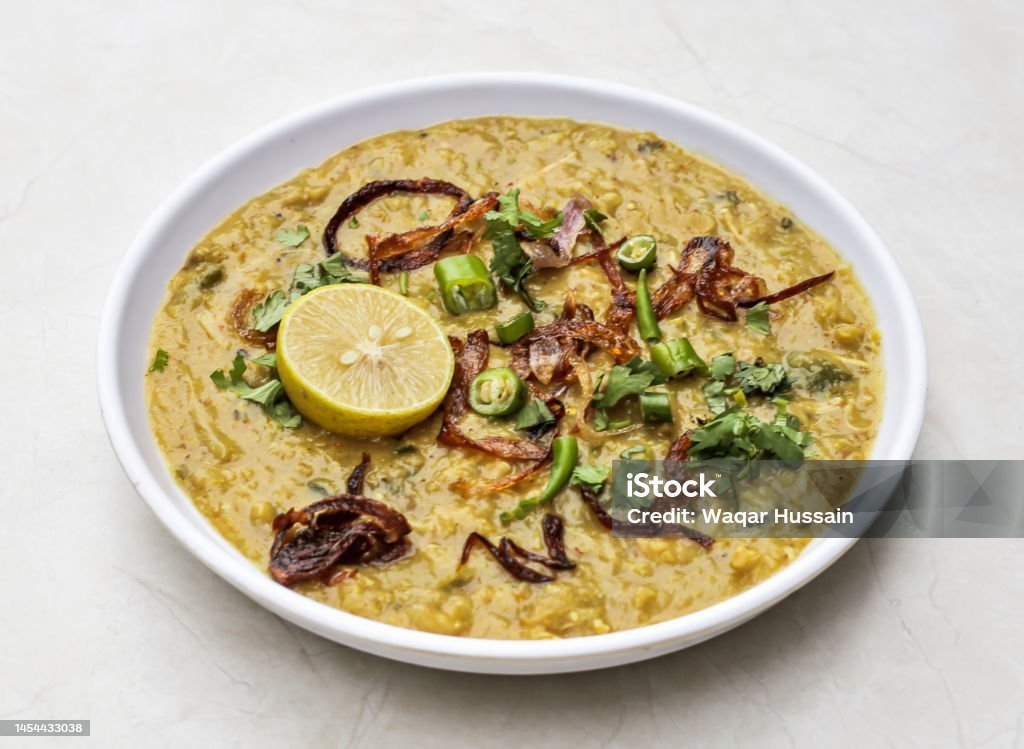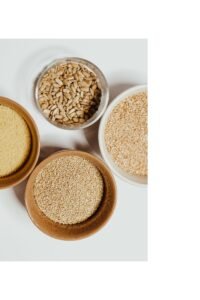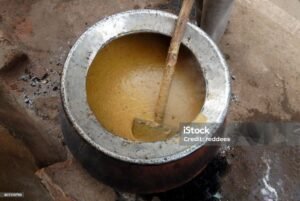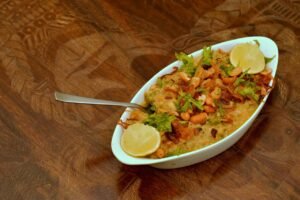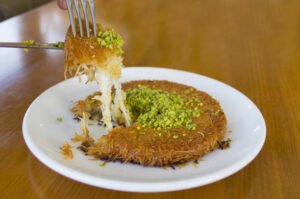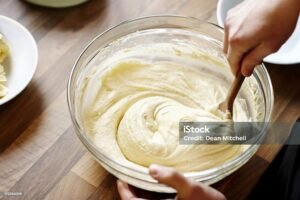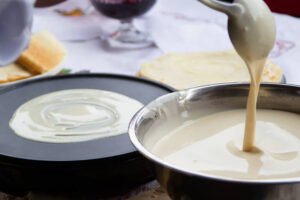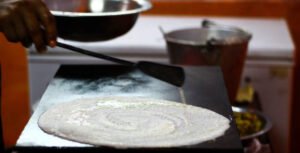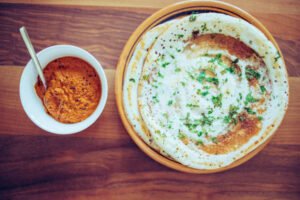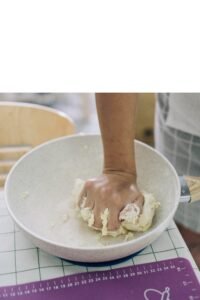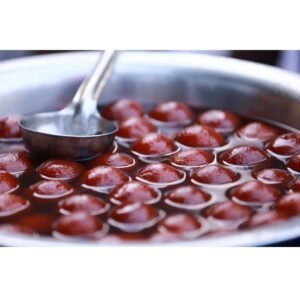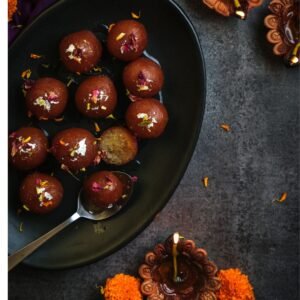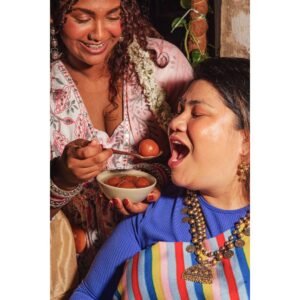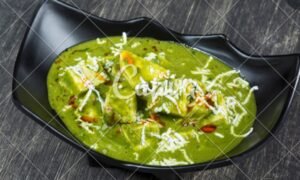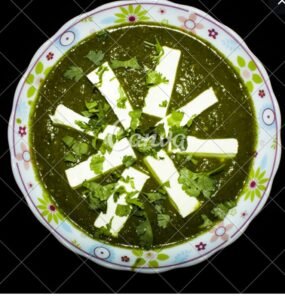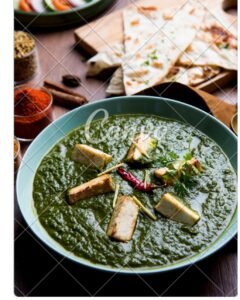The Indian subcontinent is the source of the flavorful dish kheema, which is made with minced meat cooked with a variety of aromatic spices and occasionally vegetables. This is a very flexible dish that can be made with lamb, chicken, or beef, and it has many different versions that can be made vegetarian-style with paneer, soy, or lentils. Kheema is a popular option in Indian cooking because of its rich flavours and textures. It is usually served with bread or rice. Because of its versatility and capacity to accommodate a variety of dietary requirements, kheema is a popular and extensively consumed dish worldwide.
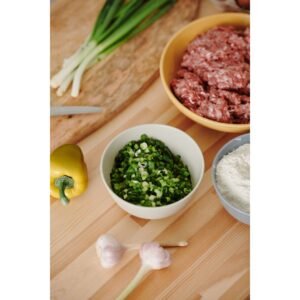
1. Classic Kheema:
Mixture of minced meat (beef, lamb, or chicken)
Finely chopped onion, tomato, ginger, and garlic paste
Green chilies, chopped
Spices: Turmeric, cumin, coriander powder, garam masalaSalt to tasteFresh coriander leaves, chopped
Instructions:
In a pan with heated oil, add the onions and cook until golden brown.Add the green chilies and ginger-garlic paste, and cook for one minute.Add tomatoes and cook, stirring, until softened.Cook the minced meat until it takes on colour.Stir in the salt, turmeric, cumin, coriander powder, and garam masala. Blend thoroughly.Cook, covered, until the flavours are well combined and the meat is tender.Serve hot with bread or rice, garnished with fresh coriander leaves.
2. Keema Matar (Kheema with Peas):
Additional Ingredients:Green peas (fresh or frozen)
Instructions:
Use the traditional recipe for kheema, but add peas in addition to the minced meat and modify the cooking time.
3. Egg Kheema:
Additional Ingredients:Hard-boiled eggs
Instructions:
Prepare the classic kheema base and add sliced or chopped hard-boiled eggs during the final stages of cooking. Simmer for a few minutes until the eggs absorb the flavors.Feel free to adjust the spice levels and ingredients according to your taste preferences!
4. Potato Kheema:Additional
Ingredients:Potatoes, diced
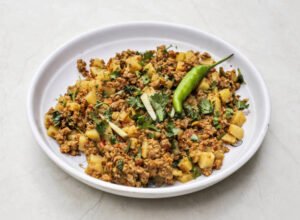
Instructions:
Proceed with the traditional kheema recipe, but substitute diced potatoes for the minced meat. Cook the potatoes longer or shorter until they are soft.
5. Paneer Kheema:
Additional Ingredients:Paneer (Indian cottage cheese), crumbled
Directions: After preparing the traditional kheema base, add the crumbled paneer and cook until it becomes crispy. Simmer until the flavours seep into the paneer.
6. Kheema with mushrooms:
Extra Ingredients: Sliced mushrooms
Instructions:
Make kheema according to the traditional recipe, but instead of using minced meat, add sliced mushrooms. After the mushrooms are thoroughly cooked, adjust the cooking time.These variations offer options for vegetarians (potato and paneer kheema) and mushroom lovers, adding variety to your kheema recipes. Have fun trying out these various flavours!
7. Kheema made from soy:
Extra Ingredients: Chunks or granules of soybean
Instructions:
Make the traditional kheema recipe, but instead of using minced meat, use chunks or granules of rehydrated soy. Simmer until the flavours seep into the soy.
8. Fish Kheema:Additional Ingredients:Boneless fish fillets, diced
Instructions:
Cook the traditional kheema base and then add the diced fish fillets in the last minute of cooking. Simmer the fish for the entire cooking time.
Additional Ingredients: Mixed lentils (such as masoor, moong, and chana dal)
Make the traditional kheema recipe, but instead of using minced meat, use mixed lentils. Cook lentils until they become tender and soft.
10. Tofu Kheema:
Additional Ingredients:Firm tofu, crumbled
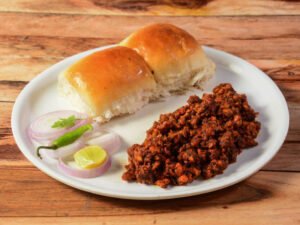
Instructions:
Make the traditional kheema base and stir in the crumbled tofu just before serving. Simmer until the flavors seep into the tofu. Vegetarians and those interested in trying out other protein sources have options with these variations. Have fun experimenting with these many kheema recipes!
FAQ:
What are the different sorts of meat used in Kheema recipes?
Kheema may be made with a number of meats including lamb, goat, pork, bird, or turkey. Each kind of meat brings its own specific taste profile to the dish.
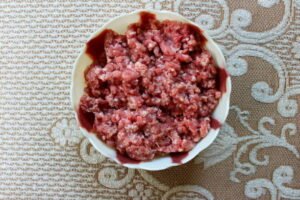
Can Kheema be made with vegetarian substitutes?
Yes, Kheema may be made with vegetarian substitutes which includes minced tofu, soy granules, or maybe mushrooms for individuals who prefer a meatless version of the dish.
What are the important spices utilized in Kheema recipes?
Essential spices used in Kheema recipes consist of cumin, coriander, turmeric, garam masala, chili powder, and occasionally cinnamon, cloves, or cardamom, relying on local versions and private preferences.
How do you are making Kheema at domestic?
There are numerous techniques to make Kheema at domestic, however the basic steps involve sautéing onions, garlic, and ginger, browning the beef, adding spices, after which simmering with tomatoes and different elements till the flavors meld collectively.
https://amzn.to/3HTOYYB
Can I use pre-ground meat for Kheema recipes?
Yes, you can use pre-ground meat for Kheema recipes. However, freshly floor meat regularly yields a higher texture and flavor.
Are there any local variations of Kheema throughout India?
Yes, there are numerous regional versions of Kheema throughout India. For example, in North India, Kheema is regularly cooked with peas and potatoes, while in South India, it may be organized with coconut milk and curry leaves.
https://amzn.to/3OBMPod
Can Kheema be frozen for later use?
Yes, Kheema may be frozen for later use. Allow it to cool absolutely earlier than transferring it to an hermetic box or freezer bag. It may be saved inside the freezer for up to three months.
What are a few creative approaches to serve Kheema?
Kheema can be served in numerous approaches inclusive of with rice, roti (Indian flatbread), naan, or filled in sandwiches or wraps. It can also be used as a filling for samosas or pies.
Are there any healthier options or changes for conventional Kheema recipes?
Yes, there are more healthy alternatives and modifications for traditional Kheema recipes consisting of the usage of lean meats, reducing the amount of oil or ghee used for cooking, and incorporating more veggies like spinach, carrots, or bell peppers for introduced nutrients. Additionally, using low-fat yogurt instead of cream can also loosen up the dish with out compromising on flavor.

